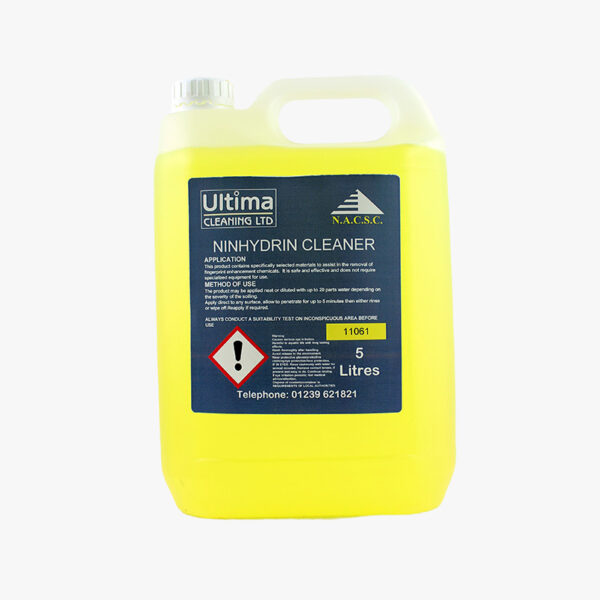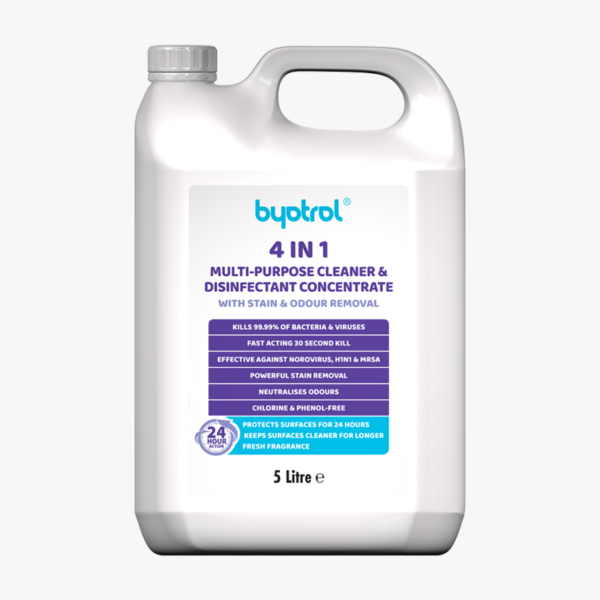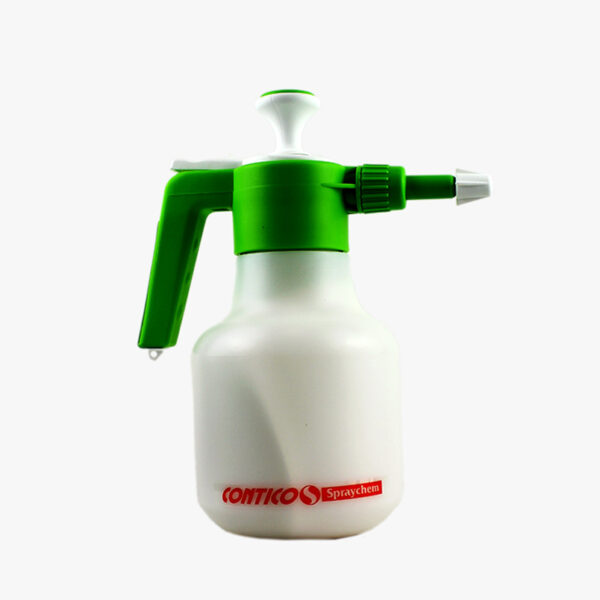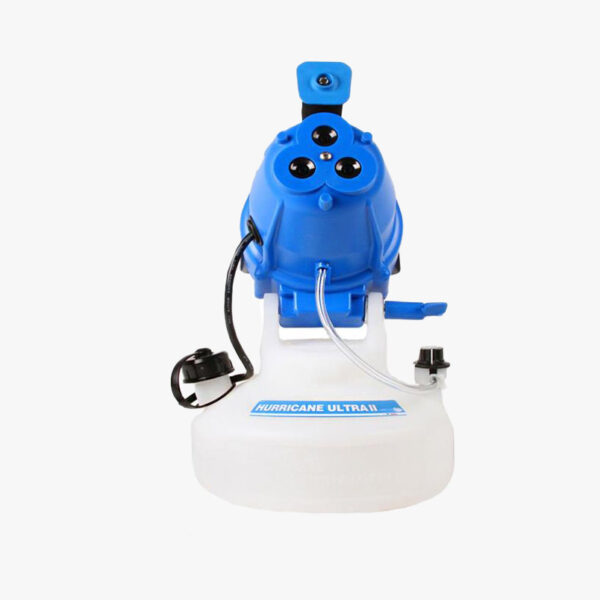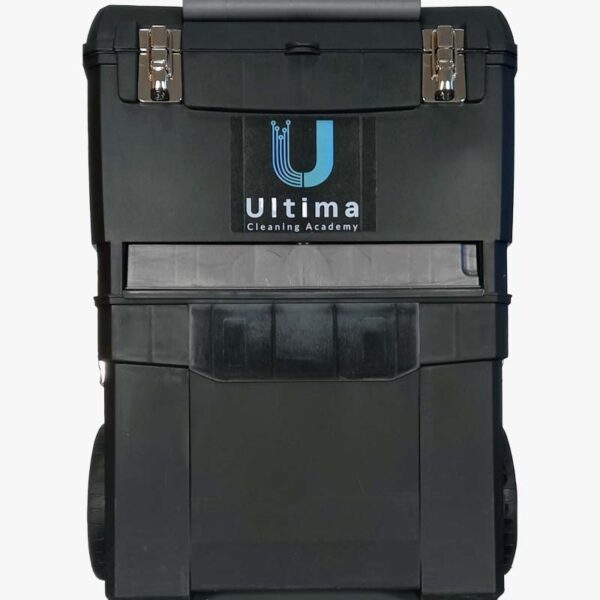Have you ever wondered who takes on the daunting task of cleaning up after a crime scene? Crime scene cleaners are those unsung heroes who step in to restore safety and normalcy following traumatic events.
Their work is far from ordinary; it involves in-depth cleaning and thorough decontamination, essential not just for health but also for legal compliance.
These professionals navigate through challenging environments with a toolkit of specialised equipment and a range of powerful chemicals.
In this article, we’ll explore the essential tools and substances they use and uncover why each is vital in the complex world of crime scene cleaning.
Essential Equipment Used by Crime Scene Cleaners
Crime scene cleaning is not your average janitorial job; it demands a suite of specialised tools and equipment to ensure every trace of the incident is effectively eradicated.
From the unseen dangers lurking in bloodborne pathogens to the visible aftermath of a traumatic event, these cleaners are equipped to tackle it all with precision and safety.
Here’s a closer look at the arsenal of tools they bring to every crime scene.
Personal Protective Equipment (PPE)
Crime scene cleaners wear full-body suits, durable gloves, respirators or masks, and safety goggles to protect themselves from biohazards and chemicals. This PPE is vital to prevent any direct contact with hazardous materials, ensuring the cleaners’ safety as they navigate potentially life-threatening contaminants.
Cleaning Tools
Effective cleaning at crime scenes requires a variety of tools:
- Mops and buckets for general cleaning, ensuring that larger areas can be sanitised efficiently.
- Scrapers and sponges for removing stubborn residues and biohazardous substances from surfaces.
- Steam cleaners for deep cleaning and sanitisation, penetrating porous surfaces to eliminate pathogens.
- Scrub brushes and pads for detailed cleaning, especially in hard-to-reach areas and on textured surfaces.
- High-efficiency particulate air (HEPA) vacuums to capture microscopic contaminants, including allergens, mould spores, and other airborne hazards.
Specialised Equipment
For specific biohazard situations, additional tools are used:
- Biohazard waste containers for safe disposal of contaminated materials, ensuring they are handled and transported according to strict regulations.
- Foggers and ozone machines to neutralise odours and sanitise the air, making environments safe and habitable again.
- UV-C light devices for further disinfection of surfaces and air, using ultraviolet light to kill bacteria and viruses without the use of chemicals.Each piece of equipment and tool plays a crucial role in transforming a crime scene into a safe and clean environment.
Each piece of equipment and tool plays a crucial role in transforming a crime scene into a safe and clean environment.

Key Chemicals Used in Crime Scene Cleaning
Various chemicals are employed based on their specific roles in cleaning, deodorising, and disinfecting. Each chemical has its own unique mechanism of action, whether it’s attacking pathogens, dissolving residues, or purifying the air.
The careful selection of these chemicals ensures that the crime scene is not only visually clean but also microbiologically safe.
Byotrol
Byotrol is known for its antimicrobial properties, offering long-lasting protection against bacteria and viruses. It’s utilised in crime scene cleaning to ensure surfaces remain microbe-free for extended periods.
This powerful agent is a favourite among professionals because it provides a protective barrier that continues to work long after the initial application. This makes it an invaluable tool in the fight against cross-contamination and the spread of infectious diseases.
Chemspec
Chemspec products are renowned for their effectiveness in removing stains and odours. These solutions are crucial in addressing challenging cleaning needs at crime scenes, where appearances matter just as much as hygiene.
With Chemspec, cleaners can tackle everything from bloodstains to residual odours, restoring the scene to a neutral state that belies the chaos that once occurred there.
Other Common Chemicals
- Enzymatic cleaners are essential for breaking down organic matter like blood and bodily fluids, transforming these potential biohazards into harmless substances that can be easily wiped away.
- Hydrogen peroxide is a powerful disinfectant and bleaching agent. It is often used to eradicate stubborn stains and ensure all surfaces are pathogens-free.
- Chlorine dioxide is used for its strong oxidising properties, which ensure thorough disinfection and eliminate any microscopic threats that could pose health risks.

The Process of Cleaning a Crime Scene
The task of cleaning a crime scene is methodically structured into distinct steps, ensuring thorough decontamination and restoration. Here’s a step-by-step overview of how crime scene cleaners approach their work:
-
Initial Assessment and Safety Measures:
- The process begins with a comprehensive assessment of the crime scene to understand the extent and nature of the contamination.
- Cleaners identify potential risks and hazards to ensure the safety of all involved.
- Safety protocols are established, including the use of PPE like full-body suits, gloves, respirators, and safety goggles to protect cleaners from biohazards and chemicals.
- The affected area is cordoned off to prevent unauthorised access and cross-contamination.
-
Application of Chemicals and Cleaning Agents:
- Following the safety setup, cleaners systematically apply specialised chemicals to affected surfaces.
- Tools like mops, buckets, scrapers, sponges, steam cleaners, and scrub brushes are used to remove stubborn residues and deep-seated grime.
- Enzymatic cleaners are applied to break down organic matter, such as blood and bodily fluids.
- Hydrogen peroxide and chlorine dioxide are used because of their powerful disinfecting and bleaching properties, ensuring thorough sanitation of the area.
-
Detailed Cleaning and Sanitisation:
- The focus shifts to detailed cleaning, ensuring every corner and hidden spot is addressed.
- HEPA vacuums are employed to capture microscopic contaminants and ensure air quality.
- Specialised equipment, such as foggers and ozone machines, may be used to neutralise odours and further sanitise the air and surfaces.
-
Post-Cleaning Procedures:
- All biohazardous materials and waste collected during the cleaning process are carefully placed in biohazard waste containers for safe disposal according to legal and environmental guidelines.
- The area undergoes a final sanitisation and deodorisation to eliminate lingering odours and restore the space.
- UV-C light devices may be used as an additional step to ensure complete disinfection of surfaces and air.
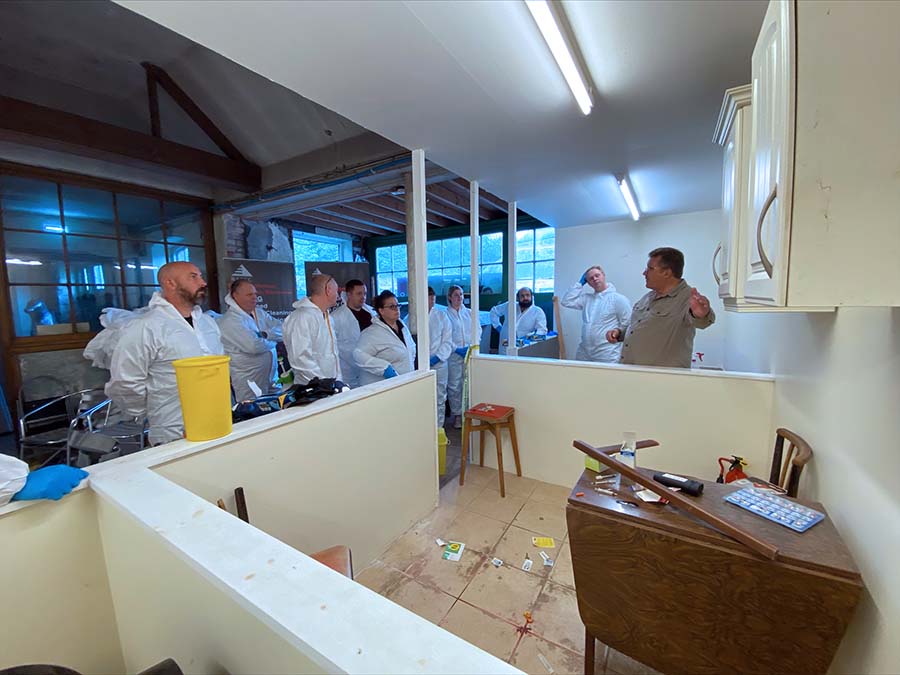
Why Professional Crime Scene Cleaning is Necessary
Crime scene cleaning is more than just a thorough cleanup; it’s a vital service that addresses health risks, fulfils legal requirements, and provides peace of mind for those affected by the incident.
Here’s why it’s essential:
Health Risks
Crime scenes often contain biohazards like blood, bodily fluids, and other potentially infectious materials. These can pose serious health risks if not properly handled, including the spread of diseases like HIV, Hepatitis B, and Hepatitis C.
Legal Requirements
There are strict regulations and standards governing the cleanup of crime scenes to ensure they are decontaminated properly. This includes laws related to the handling and disposal of biohazardous waste.
Peace of Mind for Affected Individuals
Dealing with the aftermath of a crime can be emotionally overwhelming for victims, families, and property owners. The presence of reminders of the incident can exacerbate this trauma.
Stay Safe with Ultima’s Professional Crime Scene Cleaning
Understanding the importance of the right equipment and chemicals in crime scene cleaning is crucial for ensuring safety and thoroughness.
The specialised tools and potent chemicals used by professionals ensure that every trace of biohazard is removed and that the area is restored to its safest possible condition.
This approach helps to protect both the cleaners and those who will inhabit or use the space afterwards.
Relying on professional and trained crime scene cleaners is more than a convenience; it’s a necessity for health, compliance, and peace of mind. These experts are equipped to handle the complexities and dangers of crime scene cleaning, ensuring that the process is done correctly and compassionately.
If you’re faced with the daunting task of cleaning a crime scene, don’t try to do it alone.
Contact Ultima Environmental for professional, discreet, and efficient crime scene cleaning services. Our trained experts are ready to restore safety and tranquillity to your environment.

